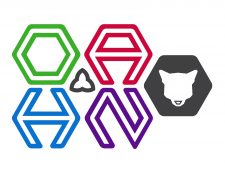OAHN Wildlife Project: Identifying changes in Leptospira interrogans prevalence and serovars in wildlife in Ontario

Project Lead: Dr. Claire Jardine
Collaborators: Dr. A. Reid, L. Nituch, Dr. D. Ojkic, Dr. K. Libera
To view the full report, please download the PDF here: https://www.oahn.ca/wp-content/uploads/2023/02/Jardine-PROJECT-SUMMARY-Wildlife-Lepto-project-FINAL.pdf
The changing occurrence of Leptospira serovars, along with the discovery of new pathogenic serovars in wildlife, has been associated with an increase in reports of canine leptospirosis in Ontario and worldwide (Alton et al. 2009; Shearer et al. 2014; Bertasio et al. 2020). Wildlife are important reservoirs of several Leptospira interrogans serovars infectious to domestic animals (Grimm et al. 2020; Straub et al. 2020). It is important to monitor serovar changes in wildlife populations over time as this will affect vaccine and diagnostic testing efficacy in domestic animals and livestock. Our goal is to identify changes in prevalence and serovar occurrence in raccoons and skunks from urban and rural areas of Ontario.
Objectives:
- Compare the prevalence and serovars of Leptospira interrogans circulating in raccoons and skunks from urban and rural areas in Ontario
- Compare the prevalence and serovars of Leptospira interrogans circulating in raccoons and skunks over time in different areas
- Compare the serovars identified in raccoons and skunks with serovars identified by the AHL in
domestic animals over the same time period

